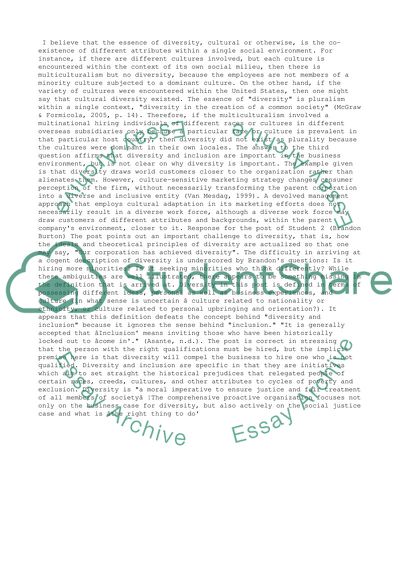Cite this document
(“Multiculturalism in Human Resource Management Essay”, n.d.)
Multiculturalism in Human Resource Management Essay. Retrieved from https://studentshare.org/business/1453136-week
Multiculturalism in Human Resource Management Essay. Retrieved from https://studentshare.org/business/1453136-week
(Multiculturalism in Human Resource Management Essay)
Multiculturalism in Human Resource Management Essay. https://studentshare.org/business/1453136-week.
Multiculturalism in Human Resource Management Essay. https://studentshare.org/business/1453136-week.
“Multiculturalism in Human Resource Management Essay”, n.d. https://studentshare.org/business/1453136-week.


